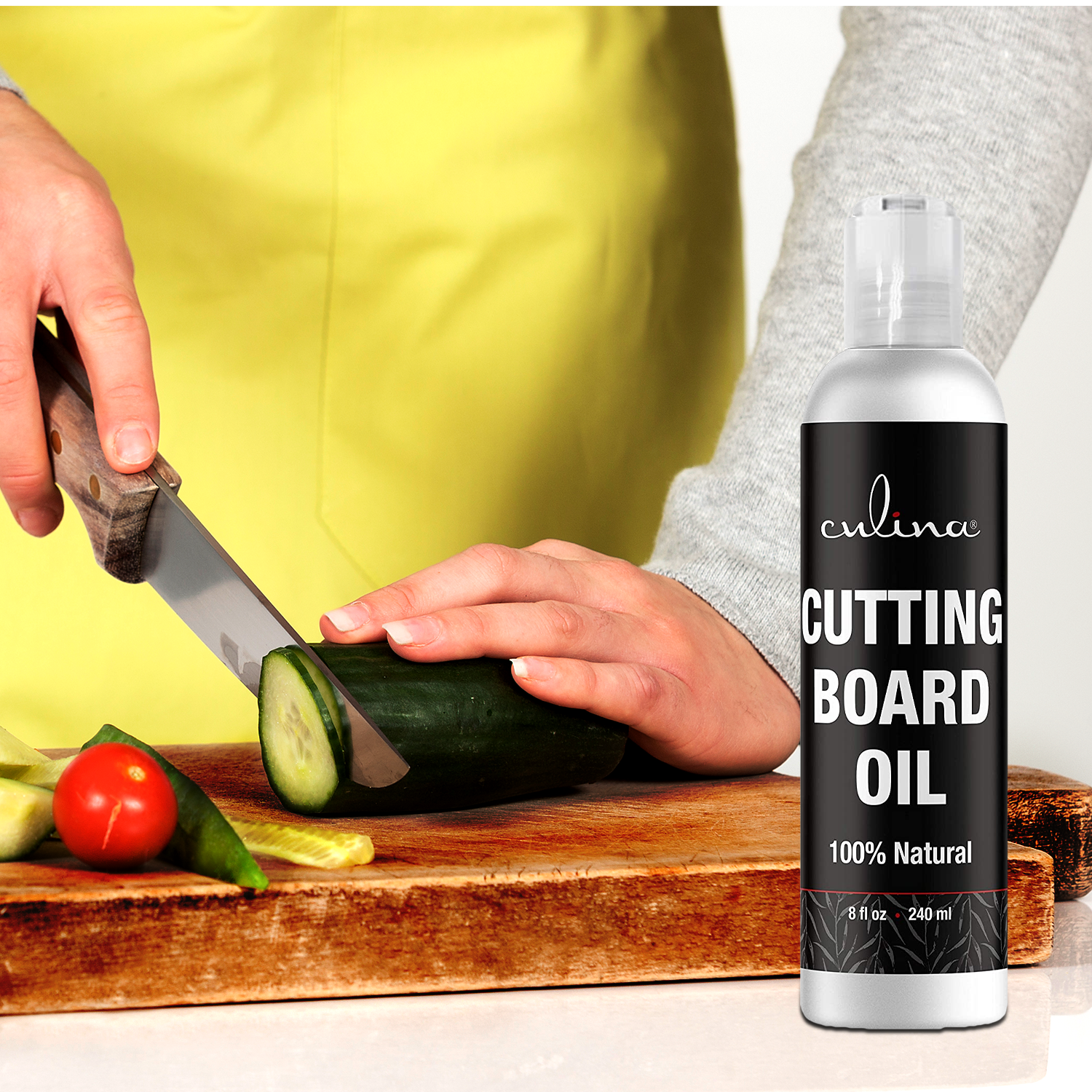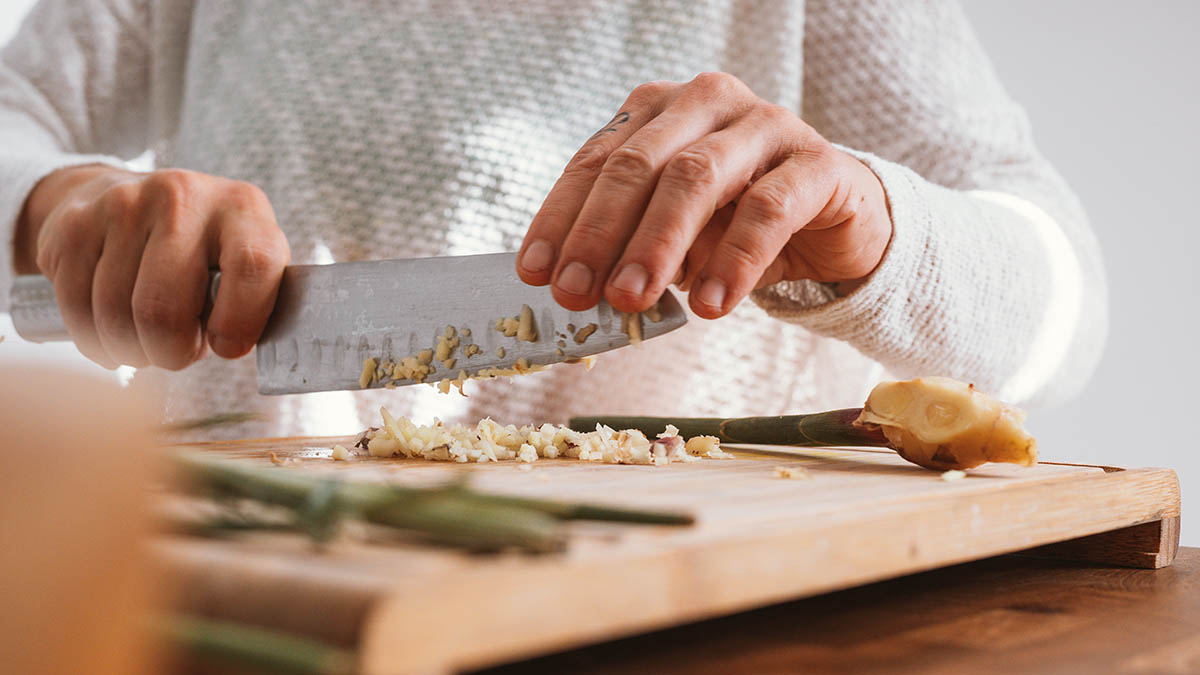In every kitchen, hygiene should be a top priority, especially when it comes to the tools we use daily. A wooden cutting board is an essential item in any kitchen, but it can quickly become a breeding ground for bacteria if not properly maintained. Knowing how to disinfect wood cutting boards is crucial for kitchen professionals and home cooks alike.

Why It’s Important to Disinfect Wood Cutting Boards
Wooden cutting boards are popular due to their durability and the fact that they’re gentle on knives. However, their porous surface can harbor harmful bacteria, making disinfection essential to ensure food safety.
The Materials You’ll Need
- White vinegar
- Hydrogen peroxide
- Lemon juice
- Baking soda
- Salt
- Dish soap
- Scrubber brush
- Clean towels

Step-by-Step Guide to Disinfect Wood Cutting Boards
Step 1: Clean the Surface
Before disinfecting, its crucial to clean your cutting board properly. Use dish soap and hot water to scrub the surface, removing any food particles. Rinse well and pat dry.
Step 2: Apply White Vinegar
White vinegar is a natural disinfectant. Pour a small amount onto the cutting board and spread it evenly. Let it sit for a few minutes before wiping it off with a clean towel.
Step 3: Use Hydrogen Peroxide
Hydrogen peroxide is effective at killing bacteria. Pour a 3% solution over the surface of the board, let it bubble for a few minutes, then rinse and dry thoroughly.
Step 4: Deodorize with Baking Soda
Mix baking soda with a little water to form a paste. Spread this paste over the board and let it sit for 10 minutes before scrubbing and rinsing it off.
Step 5: Rub with Lemon and Salt
Sprinkle salt over the board’s surface, then rub it with half a lemon. The salt acts as a scrub, while the lemon disinfects and leaves a fresh scent. Rinse and dry after scrubbing.

Additional Tips for Maintaining Wood Cutting Boards
Oil Your Board Regularly
Applying food-grade mineral oil to your wooden cutting board helps in keeping it in good condition and prevents it from drying out and cracking. This process also creates a barrier that makes bacteria less likely to penetrate the surface.
Avoid the Dishwasher
Never put wood cutting boards in the dishwasher. The high heat and water can cause the board to warp and crack, which can harbor more bacteria.
Proper Storage
Store your cutting boards in a dry area. Moisture encourages bacterial growth, so a well-ventilated spot is ideal.
FAQs about Disinfecting Wood Cutting Boards
Why shouldn’t I use bleach on my wood cutting board?
Bleach can damage wood by causing it to dry out and crack, reducing its lifespan. Natural disinfectants like vinegar and hydrogen peroxide are safer and equally effective.
How often should I disinfect my wood cutting board?
It’s recommended to disinfect your cutting board after every use, especially when used for raw meat, poultry, or fish. For other uses, a weekly disinfection routine is sufficient.
Can I use the same methods for other types of cutting boards?
While these methods are specifically for wood cutting boards, plastic and bamboo boards can also be disinfected with similar techniques. However, avoid using hydrogen peroxide on plastic boards as it may cause discoloration.
For more information on keeping your cutting boards in top shape, visit State Food Safety .
Shop the best cleaning products for your cutting boards here.
As an Amazon Associate, I earn from qualifying purchases.


